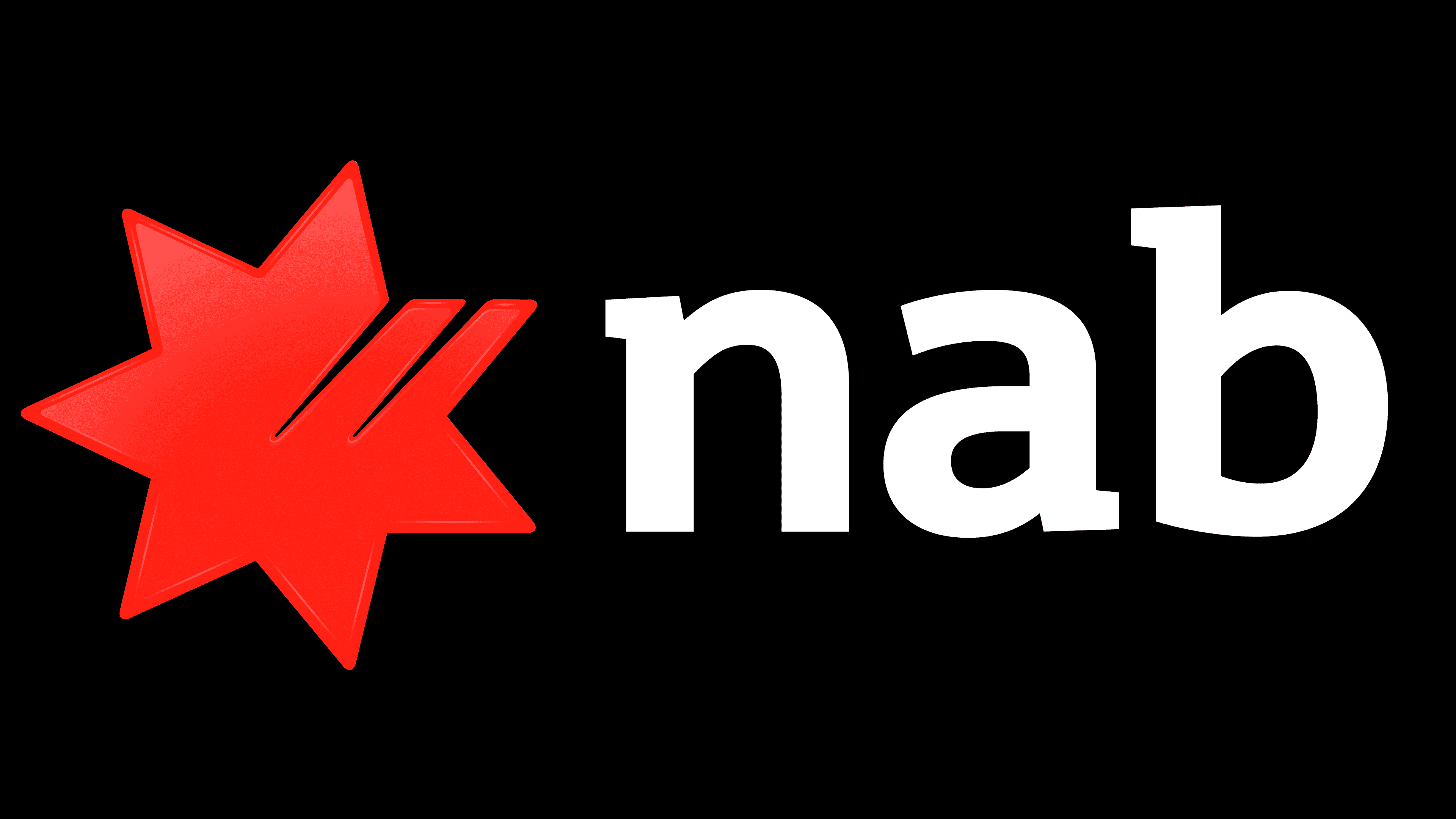
Rural businesses are looking for equipment funding solutions that meet their needs in an evolving environment.
Agricultural and regional businesses are considering their equipment finance options in an environment of changing tax incentives, high interest rates, and increasing demand for “green financing”, creating opportunities for brokers to provide guidance and support.
Equipment finance rose by 47 per cent in 2022, according to the NAB Regional & Agribusiness Horizons Report 2023.
NAB Head of Equipment Finance Sales, Chris Fileman says the main driver of the huge uplift in demand was the expansion of the Instant Asset Write-Off, which allowed businesses to immediately claim a tax deduction on equipment purchased. Coupled with shortages of semiconductor microchips and ongoing supply chain constraints, higher demand led to a record-breaking rise in the value of both new and secondhand equipment.
“With supply chain issues, it really increased the whole demand piece. A lot of customers had a fear of missing out on taking advantage of a tax incentive,” Fileman says.
The Instant Asset Write-Off tax incentive was scaled back in July 2023 to pre-COVID levels, although it is still available for eligible assets under $20,000 and for businesses whose turnover is less than $10 million.
Fileman says demand has dropped since the tax incentive was reduced, but other factors are continuing to support growth in equipment finance – bringing opportunities for brokers in the sector to help business customers.
The NAB Regional & Agribusiness Horizons Report noted long wait times to delivery, ongoing ordering backlogs, and projected good weather and agricultural product prices in 2023 are likely to keep the heat in the equipment finance market.
Fileman says shortages of some types of equipment are likely to persist until 2024, although other types of equipment have started to fall in value as supply improves.
“Trailers and trucks that are still getting higher than their original value because they are hard to come by. In the next 12-18 months, we will continue to see high values for this equipment but once the supply chain begins to open up, we will start to see these values going back to pre-Covid levels,” he says.
Rising interest rates have created added complexity for business customers looking to purchase new equipment, although NAB Regional & Agribusiness Horizons Report found interest rates play a less important role in equipment purchases than in other types of investment decisions.
“The signs are there that we probably have peaked in interest rates, which is a good thing,” Fileman says. “At NAB, we strive hard to provide a competitive rate to our customers and make sure to offer solutions that will help them make their payments on time,” he says.
For example, NAB provides both short-term and long-term funding options and payment plans that can be customised to match business cashflow – for example, timed to revolve around the harvest season for agricultural businesses.
Emerging opportunities
Another growing area of interest among agricultural and regional businesses is green finance.
Recent data from NAB shows the bank's business finance for green equipment increased by 59 per cent between April and June 2023, separate NAB research shows, with one in five SMEs strongly intending to invest in improved business sustainability over the next two years.
Finance for energy efficient agriculture equipment grew by 226 per cent, while demand for solar upgrades was up 129 per cent and finance for electric vehicles was 32 per cent higher, revealed by recent data from NAB.
NAB offers specialised lending options for businesses purchasing green assets to support customers who are making this conscious decision about reducing their carbon footprint.
“We are deeply passionate about this cause and will keep these options running for a long time to continue supporting our customers who are taking steps towards improving the environment by providing them with a cheaper cost of funds,” Fileman says.
He added that brokers have an opportunity to help businesses to adopt more environmentally friendly solutions and grow their businesses in a dynamic market.
As cash rates stabilise and supply chains improve, business customers will increasingly turn to brokers to help them navigate the emerging opportunities.
 Login
Login










JOIN THE DISCUSSION